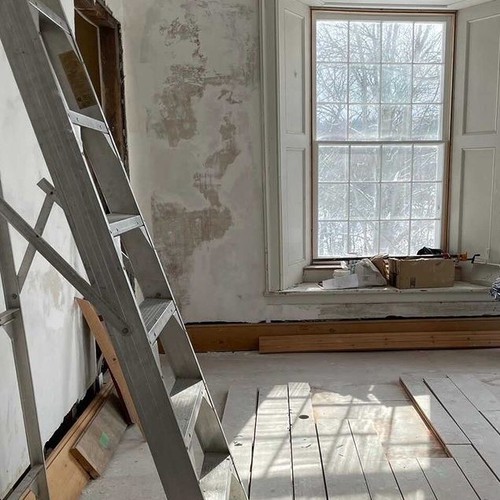WILLOWBANK
Registered Name: THE SCHOOL OF RESTORATION ARTS AT WILLOWBANK
Business No: 891476400RR0001
This organization is designated by Canada Revenue Agency (CRA) as a registered charity. They comply with the CRA's requirements and has been issued a charitable registration number.
A seamless integration of academic and hands-on training in the heritage conservation field.

Willowbank is a unique private career college in Canada and has been on the vanguard heritage conservation and the adaptive reuse of existing buildings since 2006. We are the Canadian headquarters of INTBAU, a global network promoting traditional building, architecture, and urbanism.
Willowbank brings together a School and a National Historic site into one place where students are immersed in cutting edge experiential learning that is based on traditional techniques and knowledge. Our Centre brings our approach to the greater local and international community.
Our unique Three-Year Diploma program provides students with a professional network that can take their career path in many directions. Coursework focuses on developing skills and knowledge related to conserving our built and cultural heritage. Our focus on providing a well-rounded education in heritage conservation and sustainability is made possible by the exceptional faculty practitioners who came from across Canada, the United States, and Denmark.
Willowbank is located on the traditional territory of the Anishinaabeg, Ojibway/Chippewa and Haudenosaunee peoples. This territory is covered by the Upper Canada Treaties and is within the land protected by the Dish With One Spoon Wampum agreement. Today this gathering place is home to many First Nations, Metis and Inuit peoples and acknowledging reminds us that our great standard of living is directly related to the resources and friendship of Indigenous people. (Source: DSBN)
Willowbank is located in the village of Queenston, halfway between Niagara Falls and Niagara-On-The-Lake. This region has been a place of human habitation for millennia and the natural and cultural history of this area is incredibly rich and interwoven.
First Nations peoples identified the Queenston waterfront and the Willowbank ravine specifically as an important terminus on the river. The mouth of the ravine was the logical starting point for a portage route that would bypass the falls, a route that to this day is known as Portage Road. Archaeological remnants on the Willowbank site have been found dating to the Archaic period, over 9000 years ago.
European settler society has also defined this area for its proximity to the Niagara River, with Queenston once existing as a bustling merchant town.
